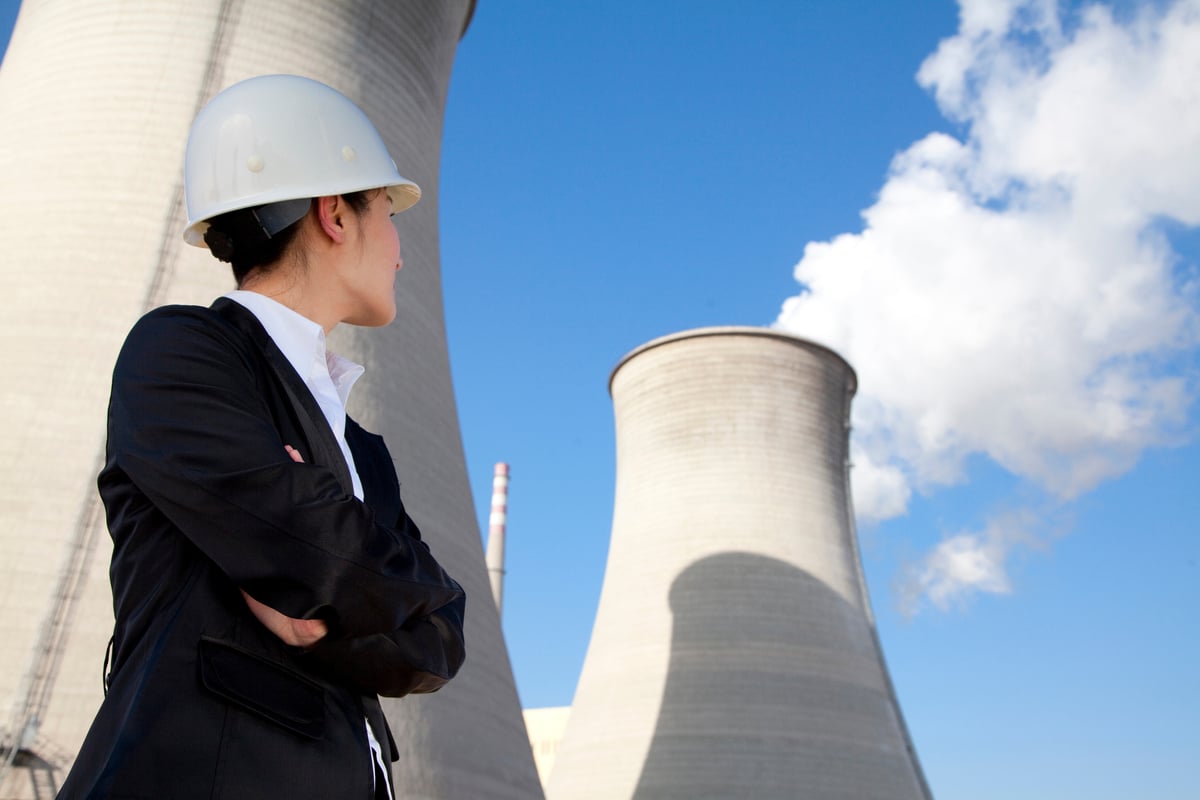This article was written by Oilprice.com -- the leading provider of energy news in the world. Also check out this recent article:
Few things are more emblematic of the cleanliness of nature than a babbling brook. But a bubbling brook? That may be a polluter.
Researchers at the University of Wisconsin at Madison issued a paper on May 16 said those bubbles from freshwater brooks may finally answer the question about the volume of methane in the Earth's atmosphere that is so far unaccounted for. Only human use of fossil fuels outstrips methane as a contributor to greenhouse gases.
This finding could change how policy-makers and scientists address greenhouse gases, and could prompt a new look at the use of sulfur and nitrogen in modern farming, whose runoff could affect the production of methane in stream beds.
In any event, there is growing evidence that freshwater lakes, rivers and streams are sources of plentiful amounts of methane, according to John Crawford, a University of Wisconsin-Madison graduate student who helped conduct the study.
The source of methane in such environments are the byproducts of bacterial metabolism. These bacteria live in the beds of lakes, rivers and streams that contain little oxygen but much organic material.
It's long been known that wetlands generate methane. What's new is that the waterways that drain them may also be responsible for the amount of the gas in Earth's atmosphere. What's still not known is how much these conduits contribute to the problem.
Methane sometimes dissolves in water as it is leached from the sediment, but sometimes it's also encapsulated in bubbles that Crawford compared to a carbonated drink. The question was just how much methane was trapped in those bubbles.
From May through November 2013, the University of Wisconsin researchers focused their study on four creeks in north-central Wisconsin, including Allequash Creek, whose bed is a mix of sandy sediment and sticky mud.
The team gauged the rate of bubbles released into the water, and also trapped the bubbles, then ran their gaseous contents through a gas chromatograph – a sensor that isolates and identifies gases.
They found that the bubbles from these creeks had as much methane as has been found in wetlands and lakes. And they estimate that the bubbles can release at least 50 percent more methane into the atmosphere than methane that has dissolved into the water.
"We are missing half the story, at least in this area if we don't include bubbles," Crawford said. And he estimated that the amounts of methane in Allequash Creek are no different from those found in similar freshwater streams in the area.
The study, published in the journal Global Change Biology, is limited to freshwater sources in Wisconsin's Northern Highlands Lake District and so can't be applied worldwide. But it argues that further testing elsewhere is essential to develop a better understanding of the sources of greenhouse gases.





